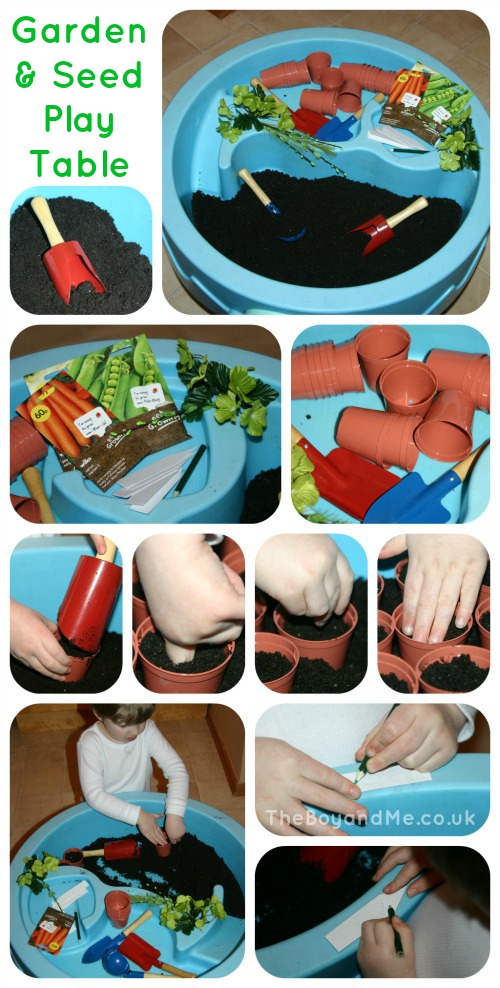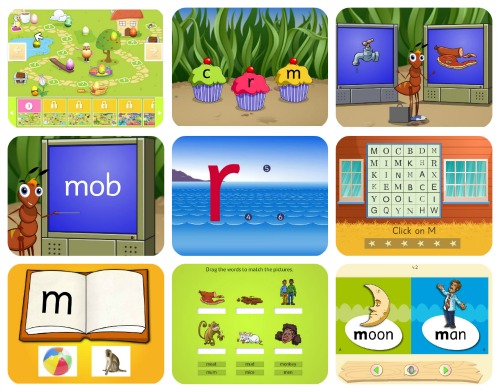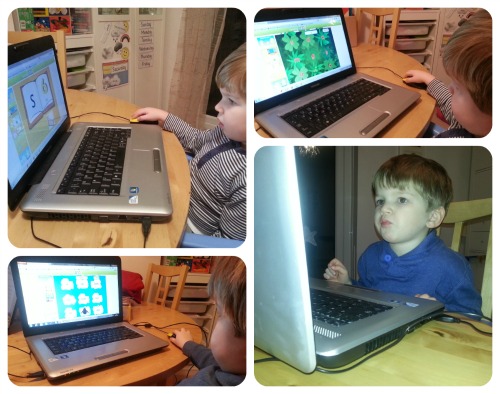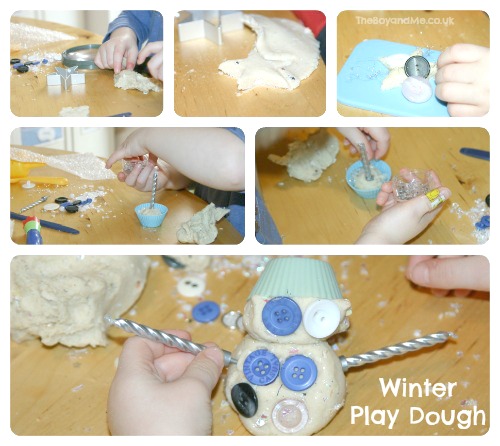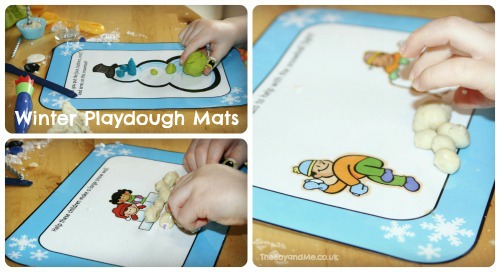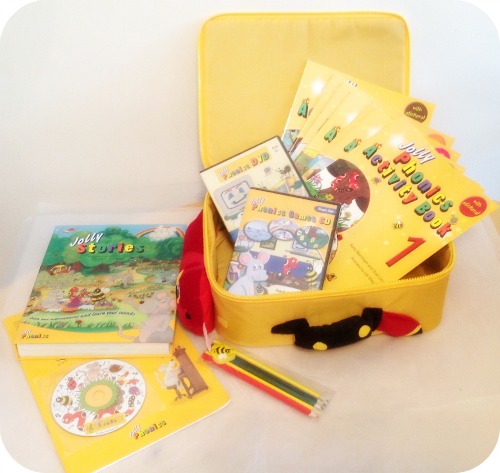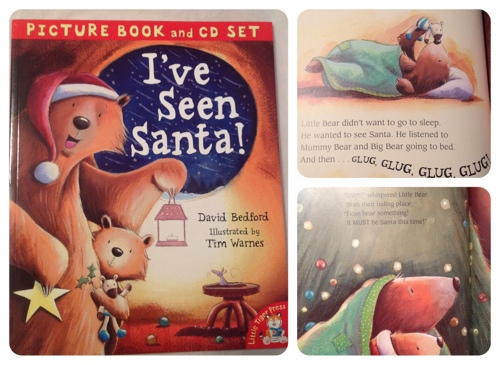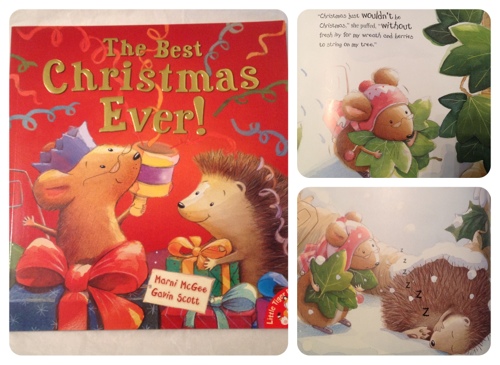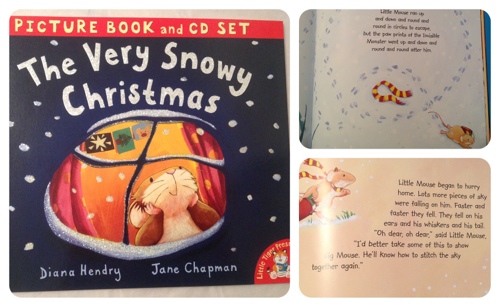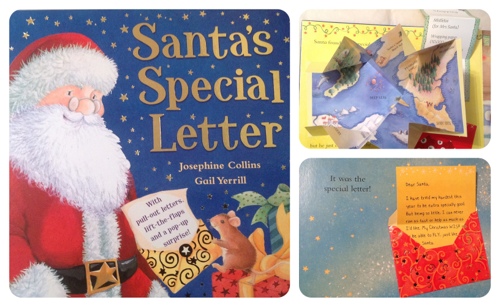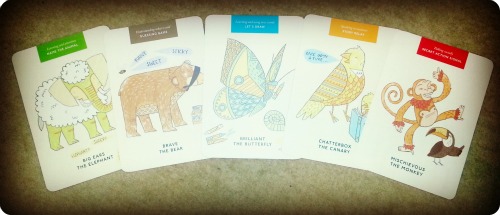During the Summer, The Boy was fortunate enough to be sent the new LeapFrog LeapReader (for 4-8 year olds) to review. I was intrigued to see how this was any different to a few of the LeapFrog products that we have, namely the Tag Junior and the Scribble & Write, and was pleasantly surprised to see that it actually incorporates the best bits of many of the pre-existing LeapFrog learning toys.
Essentially the LeapReader does two things:
- develop reading skills
- develop writing skills
It also is marketed as developing listening skills because children can listen to audiobooks and trivia quizzes (there is a headphone jack port to prevent disturbing those around them), but for me this isn't the biggest selling point.
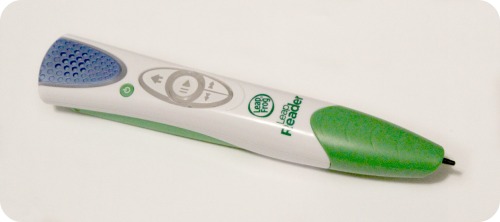
The LeapReader looks like the Tag reading pen (it also works with most Tag books), but with added extras; there is a 'nib' (in addition to the scanner for reading) which means that it can be used for 'writing' on the special paper provided with certain packs or books. It also has play/pause and next/previous track buttons, along with a 'home' button for audiobooks, and volume controls.
Developing Reading Skills – LeapReader
There are several different ways to interact with the LeapReader when reading a book, options to 'read the page' along with 'sound it, say it' and 'games' mean that each page in a book can be explored extensively. The purple book icon allows a child to hear the story read, and the green star starts up a game or quiz. This is great for first stage readers, those who want to read independently but don't have the decoding* skills or phonological awareness to 'segment and blend'* a word.
As a primary school teacher I am interested in the way that these type of learning tools use phonics to help a child 'read' independently. I'm a harsh critic of those that use the incorrect pronounciation of phonemes, it is counter-productive to their reading skills and makes a teacher's job harder. Therefore I was interested to see how the LeapReader did; was it going to be guilty of using the schwa, the 'uh' sound that so many of us learnt when reading, which is actually wrong?
I was very pleasantly surprised to hear it doing a fairly decent job actually. Common letters which can feature the 'uh' sound if mispronounced are: b, c, d, f, g, h, j, k, l, m, n, p, r, s, t, v, w. Out of those it correctly pronounced f, h, j, k, l, m, n, p, r, s, t, v, with it unfortunately using the 'uh' sound on b, c, d, g and w. I can forgive it c, d and g (they are quite tricky) but not w. Maybe that's just me being fussy, but I don't think it's helpful for such a potentially excellent learning tool to be getting some right and some wrong. However, I was very pleased to see the LeapReader explain to the user that certain letters blend together to make a different sound (e.g. e+e = e, e+a = e, i+e = i) although I'm confused as to why it uses the letter names and not the sounds to explain this (see the above video for more information).
Essentially I like that this gives the child more control over their reading, allowing them to 'read' independently once they have learnt the basics from a parent or teacher.
* Decoding is the process that readers go through when they are working out what the sounds in a word join together to make. Segmenting is splitting it into phonemes (letter sounds) and blending is joining these back up together to make a complete word.
Developing Writing Skills – LeapReader
In the review pack that we received was a 'Learn to Write Letters with Mr. Pencil' book, which also has separate practise writing paper.
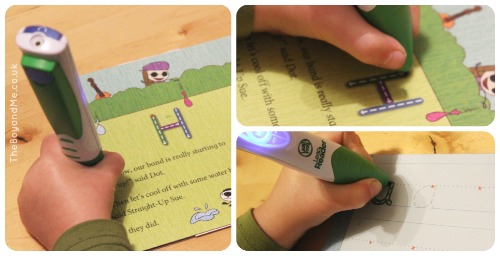
I really like the story of the Doodlebugs which guides the child through the book, and the way that they can practise on both the book and the practice paper which has been included in each section. The Boy very quickly realised though that once the paper has been 'written' on, then it's been used and there is no replacement for it. He can go over it again once or twice, but then the reader can't pick up his 'writing' correctly and it doesn't work as well. That is frustrating. The other point that he found frustrating is that the LeapReader is determined to finish the instruction he's saying and will not be interrupted. The Boy worked out very quickly what he needed to do, but wasn't able to start until the Reader had finished the instruction; it has caused a few 'grrrs' from both him and me when using it.
The LeapReader does pick up very quickly if an error has been made, and it has really helped him to find another way of practising letter formation without it feeling like I'm schooling him. As a left-hander he does find that sometimes the plastic rim around the nib gets in the way and marks the paper before the nib does, which confuses the LeapReader. It mean that he needs to check his pencil grip more frequently, so it isn't really a bad thing. The book covers upper case angular letters first (L T F E I H) rather than 's a t p i n' (initial letter sounds which children are taught to read) or 'curly caterpillars' (a c d e g o q s f – the first letter formations taught). However, it can be good for children to experience different fonts and formats, and therefore it's 'all swings and roundabouts'. If it engages children in writing and allows them to feel accomplishment then the order is pretty harmless.
The story used to teach children the letter formation is fun and engaging. The technology identifying the writing is very clever and it encourages correct pen grip.
Overall Impression
When I posted a picture of the LeapReader on Instagram, someone commented that they'd be interested to see this review as they felt it was a parent's place to teach their child to read and write, not to leave it to a piece of technology. I do see their point of view and of course the primary learning resource for any child is a parent or carer, however I know from professional experience that there comes a time when a child wants to do things independently and not be reliant on adults all the time. They want to feel that they are in control of their learning, and that they can manage without help; using an inanimate object like this (just like using a dictionary to learn a word's meaning) can be a boost for their confidence and help further consolidate what a child has learnt with an adult's help.
The LeapReader is a learning tool that can be used in a variety of ways, the appeal of this toy is that it gives a child control and independence to further their reading and writing skills. Overall I think it is a very good resource, particularly for promoting letter formation and sight recognition skills.
The LeapFrog LeapReader is available from a variety of toy retailers and online here with a RRP of £39.99 and includes a LeapReader, activity sampler book, and Learning Paper writing sheets. Supplementary books typically cost from £12.99-£16.99 (The Learn To Write Book is £16.99).
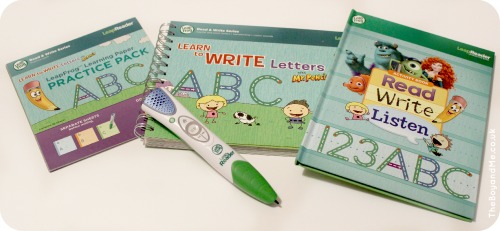
I was sent this product to review as a member of the LeapFrog Blogger Panel. My opinion is honest and unbiased, and based on my experience as a primary school teacher of twelve years, and a mother of a four year old son.
